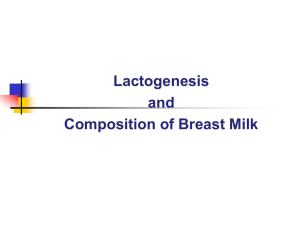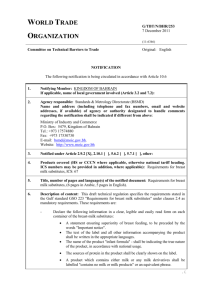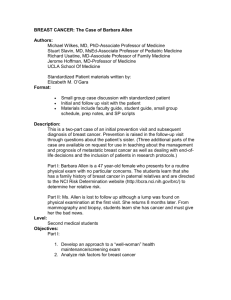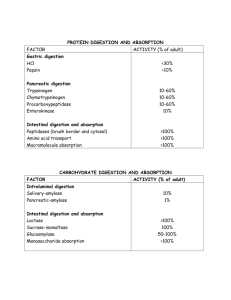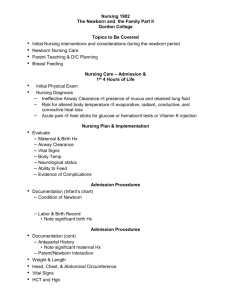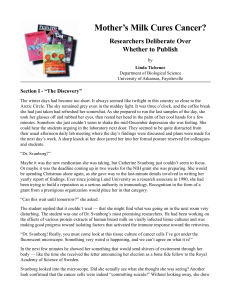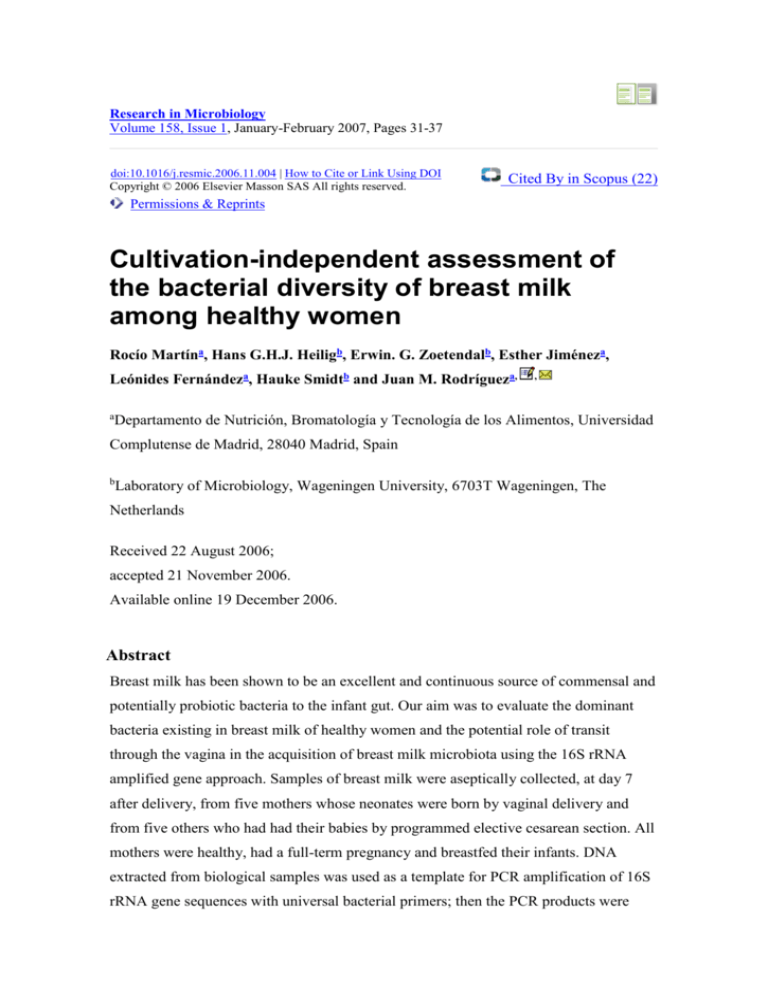
Research in Microbiology
Volume 158, Issue 1, January-February 2007, Pages 31-37
doi:10.1016/j.resmic.2006.11.004 | How to Cite or Link Using DOI
Copyright © 2006 Elsevier Masson SAS All rights reserved.
Cited By in Scopus (22)
Permissions & Reprints
Cultivation-independent assessment of
the bacterial diversity of breast milk
among healthy women
Rocío Martína, Hans G.H.J. Heiligb, Erwin. G. Zoetendalb, Esther Jiméneza,
Leónides Fernándeza, Hauke Smidtb and Juan M. Rodrígueza,
a
,
Departamento de Nutrición, Bromatología y Tecnología de los Alimentos, Universidad
Complutense de Madrid, 28040 Madrid, Spain
b
Laboratory of Microbiology, Wageningen University, 6703T Wageningen, The
Netherlands
Received 22 August 2006;
accepted 21 November 2006.
Available online 19 December 2006.
Abstract
Breast milk has been shown to be an excellent and continuous source of commensal and
potentially probiotic bacteria to the infant gut. Our aim was to evaluate the dominant
bacteria existing in breast milk of healthy women and the potential role of transit
through the vagina in the acquisition of breast milk microbiota using the 16S rRNA
amplified gene approach. Samples of breast milk were aseptically collected, at day 7
after delivery, from five mothers whose neonates were born by vaginal delivery and
from five others who had had their babies by programmed elective cesarean section. All
mothers were healthy, had a full-term pregnancy and breastfed their infants. DNA
extracted from biological samples was used as a template for PCR amplification of 16S
rRNA gene sequences with universal bacterial primers; then the PCR products were
analyzed by denaturing gradient gel electrophoresis (DGGE); finally, clone libraries of
16S rRNA gene sequences from 4 mothers (2 from each group) were constructed. PCR
DGGE patterns and clone libraries suggest that each woman had a specific bacterial
pattern in her breast milk, and confirm, at the molecular level, that breast milk of
healthy women is a source of commensal bacteria to the infant gut. They also reinforce
recent molecular studies which have shown that lactic acid bacteria colonization is not
significantly related to the delivery method.
Keywords: Breast milk; Commensal bacteria; Infant gut; PCR-DGGE; Clone library
Article Outline
1. Introduction
2. Materials and methods
2.1. Study design
2.2. Isolation of bacterial DNA and PCR-DGGE analysis
2.3. Construction of clones libraries of bacterial 16S rDNA
3. Results
4. Discussion
Acknowledgements
References


